Glade Zones
Between areas where there are exposures of solid rock and the Oak-Hickory forests common to middle Tennessee are four transitional zones. (as outlined by Thomas E Hemmerly in Wildflowers of the Central South, 1990)
All glade scholars would consider exposed rock, gravelly glades, and grassy glades to be true "glades." However, some would also include the xeric limestone prairie and cedar woods.
|
Zone 1 - Exposed Rock - no soil
No plants
Stones River Battlefield photo by Nancy Stetten |
 |
|
Zone 2 - Gravelly Glades - 0-2 inches of soil
Relatively few organisms grow on gravelly glades. We find cyanobacteria and a small selection of small herbaceous flowering dicots.
photo by Jeff Walck |
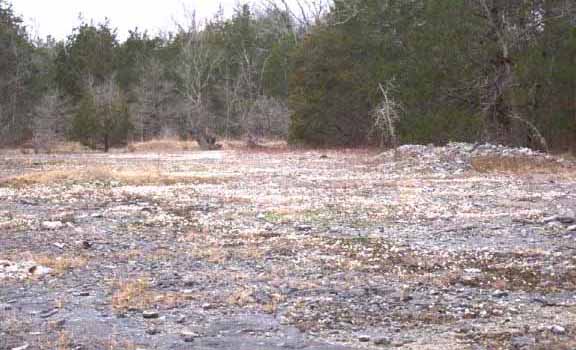 |
|
Zone 3 - Grassy Glades - 2-8 inches of soil
This zone is dominated by annual grasses and taller flowering plants.
photo by Jeff Walck |
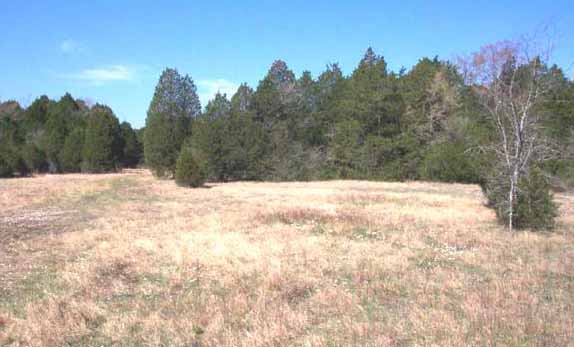 |
|
Zone 4 - Xeric Limestone Prairie - 8-12 inches of soil
This zone is dominated by perennial grasses, but also has a wide variety of other plants, lichens and mosses.
Stones River Battlefield, Murfreesboro photo by Terri Hogan |
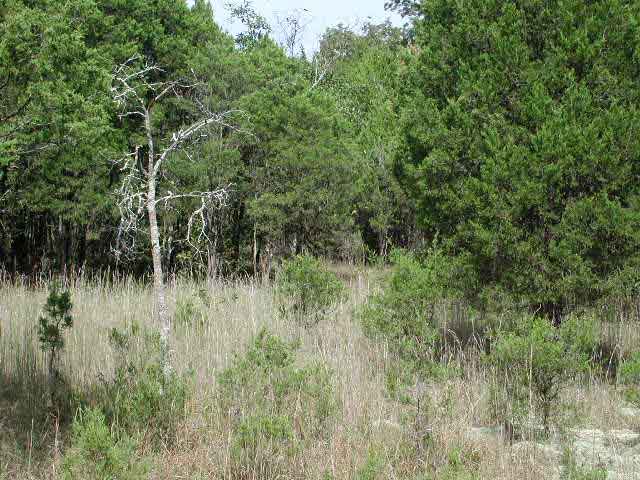 |
|
Zone 5 - Cedar Woods - >12 inches of soil
This zone is dominated primarily by red cedar, upland privet, coralberry, and aromatic sumac.
Stones River Battlefield, Murfreesboro photo by Nancy Stetten |
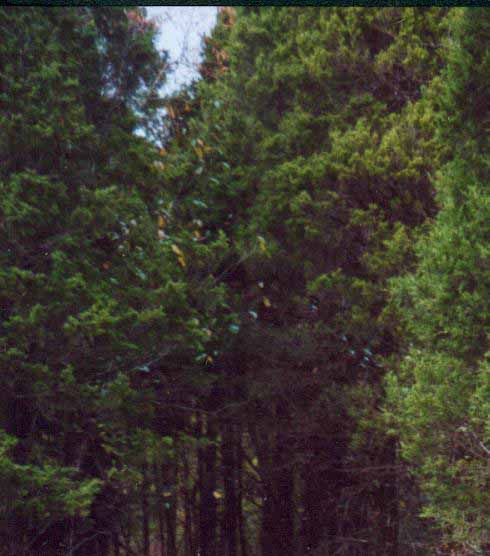 |
|
Zone 6 - Oak-Hickory Forest - >12 inches of soil
Species of oacks and hickories are primarily found in this zone. |
These zones form a continuum on four important variables according to Thomas Hemmerly, in Wildflowers of the Central South, Vanderbilt University, Nashville, 1990. Hemmerly presents the ranges on the continuum in the chart below.
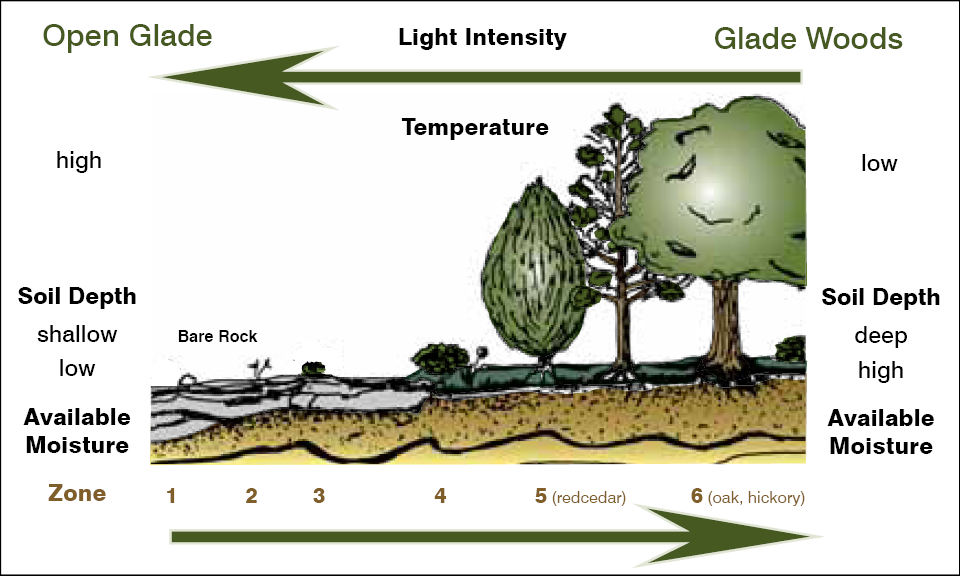
The patterns which these zones make depend on the stratum on which they are located.
Where the glade is located on thinly bedded limestone like the Lebanon Limestone, the zones take a random pattern. This is because the layers of rock are thin and easily fractured. A crack in the rock allows soil to accumulate and provides a foothold for grass, shrubs, or even a cedar tree.
Where the glade is located on thickly bedded limestone like the Ridley Limestone, the zones have a more predictable pattern.


